If you looked at me, with my understated mascara and low-key lipstick, you wouldn’t take me for a makeup maven. But from the time I get up in the morning until the time I go to bed, it seems like I’m putting something on my face: cleanser, lotion, eye cream, concealer, eyebrow pencil, eyeliner, mascara, sunscreen, foundation, bronzer, lipstick or lip gloss, and a dab of perfume behind each ear, not technically on my face but close enough. How much does it all improve my appearance? I’ll let someone else be the judge. But how much better does it make me feel? A lot.
At least it used to. Then I read the results of a study conducted by Environmental Working Group (EWG), a Washington, DC-based research institute, that wondered how safe the chemical ingredients in cosmetics were for women’s bodies.
Their conclusion? Not. Very. Safe. At. All.
A Shocking (and Scary) Survey
EWG surveyed the personal care products that more than 2,300 people used daily, then analyzed their potential health impact based on the chemicals they contained. What they found was shocking: The average woman uses 12 products containing 168 unique ingredients every day, many of which are known or probable human carcinogens, potentially cause infertility or developmental harm for a baby in the womb, and trigger various health ailments, from flu-like symptoms to asthma.
Suddenly, my bronzer looked more like a powder keg than powder.
I already knew that parabens and phthalates were linked to hormone disruption and should be avoided. But it turned out that the most common impurity ranked by number of people exposed was one I’d never heard of before: hydroquinone, a skin-lightening compound whose side effects can include skin dryness, irritation, and mild irritant contact dermatitis. More seriously, if it gets into the eye, hydroquinone can permanently damage the cornea. It’s also been linked to skin cancer and a condition called ochronosis, which causes the skin to thicken and turn bluish-grey. Hydroquinone has been banned from cosmetics in the European Union, and its use is restricted in Canadian cosmetics, but the Food and Drug Administration (FDA) allows its continued use here in the U.S. It showed up in products used daily by 94 percent of all women and 69 percent of all men—which, in all likelihood, meant that it was in mine, too.
The bad news kept coming. Many brands of mascara contained mercury. Significant amounts of lead contaminated many lipstick brands. Products made with talc were linked to ovarian cancer.
Suddenly, my bronzer looked more like a powder keg than powder, my lipstick like a stick of dynamite. As I eyed my makeup bag suspiciously, I wondered, how is this possible? And what can I do about it?
Read More: The Ugly Plastic Story Behind Your Beauty Products (Green Has Never Looked Better)
Why We’re All Guinea Pigs
I’ve since learned that this is possible because personal-care products fall under the purview of the U.S. Food, Drug, and Cosmetics Act, a law that requires no government approval of cosmetics before they go on the market. “A manufacturer may use any ingredient in the formulation of a cosmetic,” explains the FDA on its website, provided that the product is properly labeled. In other words, as long as the label says the product contains phthalates or hydroquinone, it’s fine to include it.
Furthermore, the industry’s own “safety” panel, the Cosmetic Ingredient Review (CIR), consistently greenlights chemicals as “safe for use in cosmetics” that are linked to adverse health effects like allergies, hormone disruption, and cancer, reports Women’s Voices for the Earth, a group of scientists and women’s health advocates based in Helena, Montana. Plus, CIR treats each safety assessment as if consumers are exposed to just one chemical at a time. In reality, women apply their products potentially multiple times a day, significantly raising their levels of exposure.
“Even guns are more heavily regulated than cosmetics,” notes Environmental Working Group.
Even guns are more heavily regulated than cosmetics.
As I read all this, my Big Green Purse attitude (that’s the name of my green smart shopping site) kicked in. Because I’m the one who makes the purchases, I can control what I buy and how much I apply. Nothing was stopping me from cleaning up my makeup bag and safeguarding my health.
With that realization front and center, I decided to take three steps:
- Cut back on how many products I use.
- Read the labels on the products I do buy so I could choose the safest products available.
- Switch to new brands that use cleaner, safer ingredients from the get go.
From More to Less
I started with perfume, the product I applied the least but one of the ones with the biggest health impact. Synthetic fragrances contain phthalates, which help suspend them in the air—and make them easy to inhale. I found I would get a headache, nausea, and flu-like symptoms if I sprayed just about any kind of artificial fragrance, whether as perfume or even an air freshener.
As an alternative, I started making my own from organic essential plant oils like lavender, my favorite scent. Essential oils are very concentrated, so I only needed to mix a drop or two with a little bit of water to achieve a lovely but non-toxic mixture I could dab on my wrists or behind each ear. Washing my body with lavender-scented bar soap left my skin gorgeously perfumed, too. I also discovered the company called A Perfume Organic. It creates 100-percent organic blends that are vegan-certified by PETA and packaged in boxes embedded with flower seeds so you can plant rather than discard them! Perfume problem solved.
Makeup remover wipes are loaded with potentially harmful chemicals and create a trash nightmare.
I gave up commercial makeup remover wipes, too, for several reasons. Many of them are loaded with synthetic fragrances, parabens, petroleum byproducts, and ingredients like phenoxyethanol, which the European Commission on cosmetic ingredients notes can be toxic when applied to the lips or around the mouth. Makeup wipes can create a trash nightmare as well, since they’re often embedded with plastic microfibers and can’t be recycled; neither can the plastic package they come in. Use one or two a day and that amounts to a messy pile of trash every week.
What do I use instead? I’ve found that a touch of coconut oil works wonders for removing makeup. It’s gentle around my eyes and leaves my face feeling soft and silky so I don’t need to add a moisturizer after I cleanse. Also, I replaced all those throwaway cleaning wipes with a microfiber cloth dampened with warm water that I bought at Ulta (though you can find them almost anywhere cosmetics are sold and online, as well). When the cloth gets dirty, I just wash it out in the sink. It dries in no time.
Finally, I cut back on the amount of makeup I use overall. I was never one for eye shadow anyway, so that wasn’t tough. But I decided to forego foundation and eyeliner as daily beauty “musts.” Unless I was going out for a fancy night on the town or had an important meeting, my bronzer, some mascara, and a little lipstick would actually do just fine. Saturdays and Sundays became mostly makeup free so I could give my body a break. Maybe it’s not the right choice for everyone, but worth consideration for sure.
Reading the Fine Print
Once I’d reduced what I used, the trick was to make sure that what I was using was safe. That meant I’d have to start reading the ingredients label all cosmetics products are required to post. For help deciphering that list, I turned to Environmental Working Group’s Skin Deep Database.
‘Natural’ on a label actually means … nothing.
Skin Deep rates the safety of hundreds of chemicals commonly found in cosmetics and indicates the relative level of concern posed by exposure to them. (The ratings reflect potential health hazards but do not account for the level of exposure or individual susceptibility, factors that determine actual health risks, if any.) Ratings range from 1 (safest) to 10 (most dangerous). I decided to only consider products whose ingredients ranked 1 or 2.
Given how many chemicals could show up in any given product, I realized I couldn’t possibly look up every single ingredient in every single product I used. Instead, I decided to avoid the most worrisome: formaldehyde; 1,4 dioxane; BHA and BHT; and PEGS, in addition to the phthalates, parabens, synthetic fragrances, and hydroquinone. (You can read about why each one of these is a problem here.)
I also never buy a product just because it claims to be “natural” or, worse still, “chemical-free.” Why? “Natural” actually means … nothing. There is no standard or accepted definition of “natural,” unlike, say, “organic,” which has been defined by the federal government to meet certain criteria for no or low pesticide use.
As for “chemical-free,” well, that’s just impossible. Every single thing on earth consists of chemicals, regardless of whether they’re safe or toxic. “Chemical-free” sounds good but is deceptive at worst and ignorant at best.
Read More: Do You Know the Truth Behind the Clothes You Wear?
Really Great Resources
In addition to reading product labels for specific ingredients, I also started looking for “eco labels,” imprints of independent and reliable institutions that signify that the entire product had met stringent criteria for health and safety.
The three labeling programs I now put the most stock in are EWG VERIFIED, Made Safe, and EcoCert.
EWG offers its EWG VERIFIED™ mark as a quick and easily identifiable way of conveying that an entire personal care product meets the group’s criteria. Before a company can use EWG VERIFIED on its products, the company must show that it fully discloses the products’ ingredients on its labels or packaging, does not contain EWG ingredients of concern, and is made with good manufacturing practices, among other criteria.
Three labeling programs I like: EWG VERIFIED, Made Safe, and EcoCert.
Made Safe screens for ingredients that are known behavioral toxins, carcinogens, developmental toxins, endocrine disruptors, fire retardants, heavy metals, neurotoxins, high-risk pesticides, reproductive toxins, toxic solvents, and harmful volatile organic compounds (VOCs). Though they’re relatively new, they’ve already certified bronzer, concealer, and foundation, with more products in their pipeline.
ECOCERT was the first certification body to develop standards for “natural and organic cosmetics.” The ECOCERT label signifies the absence of GMOs, parabens, phenoxyethanol, nanoparticles, silicon, PEGS, synthetic perfumes, and animal-derived ingredients unless they are naturally produced, like honey. The packaging must be biodegradable or recyclable, and they must meet a minimum threshold of organic ingredients.
My New BFFs: The Beauty Brands I Buy
Once I was using fewer products and had educated myself about specific ingredients, I was ready to switch out my old makeup for brands that were cleaner and safer. While using the eco labels as a buying guide is helpful when choosing an individual product, what I really wanted to do was find brands that had made a commitment to using only clean and healthy ingredients in their entire product line.
When I started my search, the number of safe and healthy cosmetics companies was so tiny that I could count them on one hand. Today, they’re proliferating in response to consumer demand for cleaner, safer, healthier products. Plus, as women shift their spending, they’re creating the market capital to make manufacturing safe and healthy beauty products possible for the start-ups that are behind most of them.
Of the many companies now in the market, here are a few I rely on:
Beautycounter
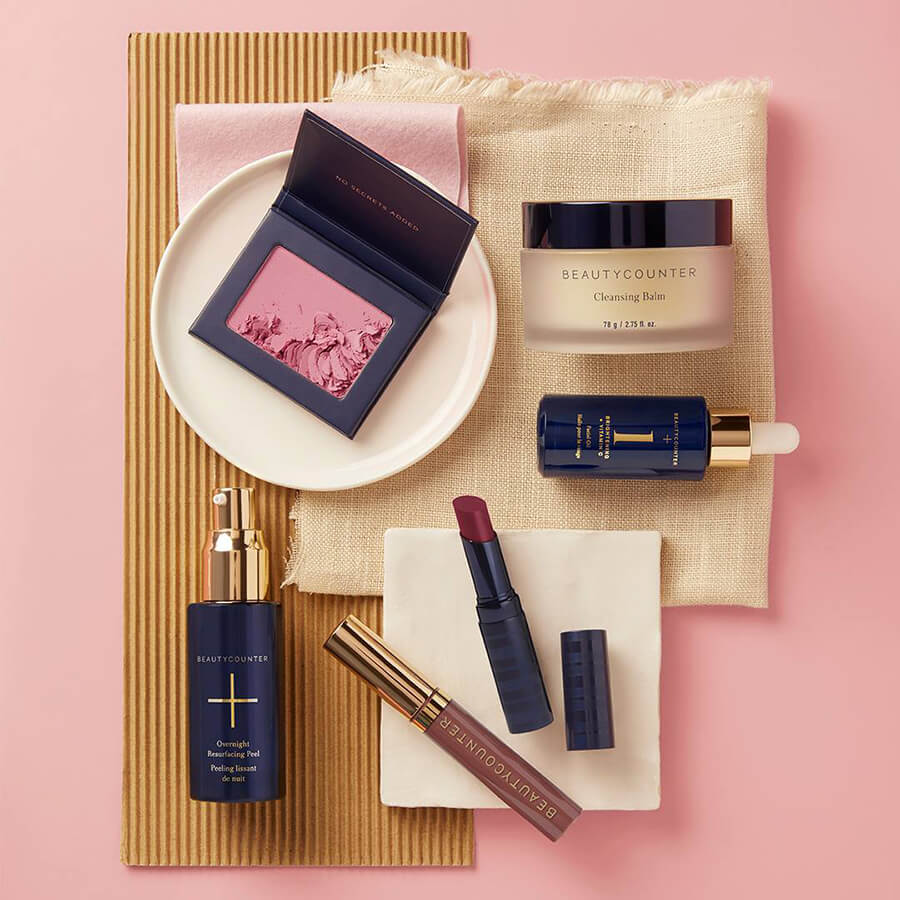
Image: Beautycounter/Facebook
Beautycounter offers skin care (including a line for women our age), hair care, bath and body products, and high-performance makeup, as well as products for babies, kids, and guys. Says founder Gregg Renfrew, “We’ve committed to a health and safety standard that goes well beyond what is legally required in the United States.”
Her company has created its own “Never List” made up of more than 1,500 questionable or harmful chemicals they have vowed never to use as ingredients in their products. It includes over 1,400 chemicals banned or restricted in personal care products by the European Union plus additional chemicals Beautycounter has found to be of concern. “#BetterBeauty is a way of life,” they declare on their website. Here’s what else I like about this company: Their business model resembles that of the Avon company. Sure, you can purchase online. But you can also buy from one of their 30,000 consultants or become one of their consultants (sales agents) yourself. They’re making better beauty products while also giving women a way to make some money selling those products.
W3LL People
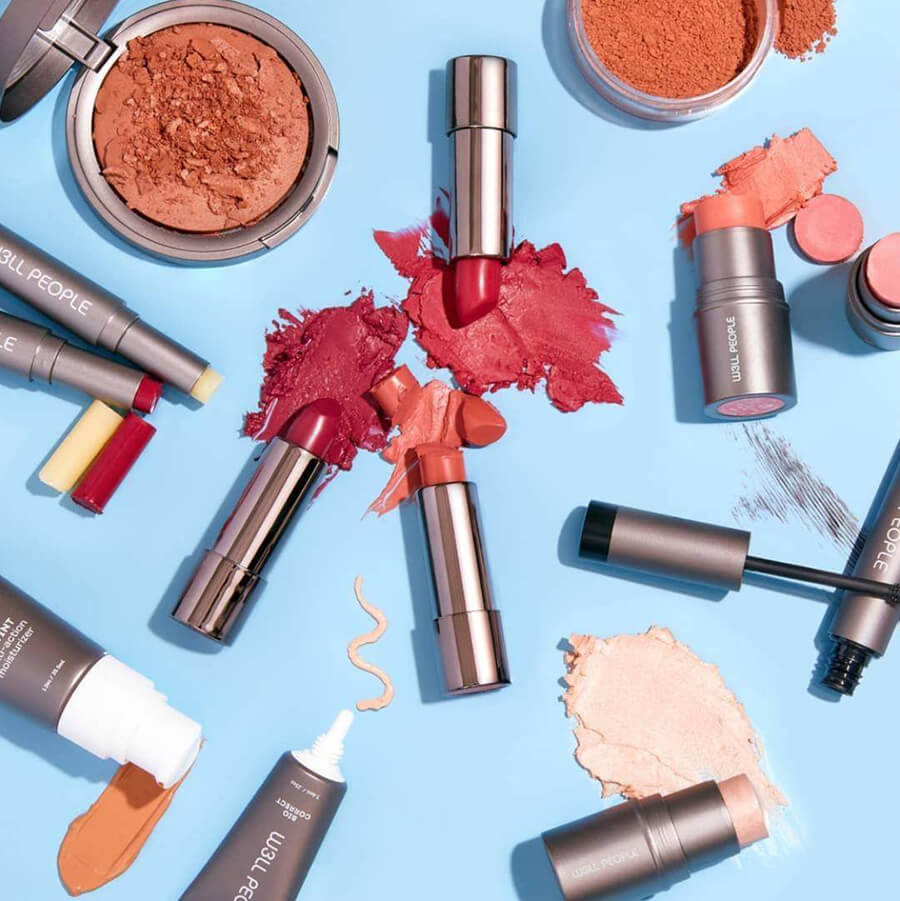
Image: Well People/Facebook
You’ve gotta love W3LL People’s motto: “Pure as a Saint. Sexy as Sin.” The company’s promise? “NO potentially toxic chemicals, preservatives or petro ingredients, not even a little bit, ever.” Their “superstar ingredient” is organic aloe vera, which they use to soothe, nourish, moisturize, and heal the skin. Remember my concerns about mascara? Check out W3LL People’s. It’s EWG Verified for non-toxic health and safety, free from animal cruelty, parabens, petrochemicals, lead, and a whole bunch more ingredients that it’s put in a “bad mojo” category. (And at $21.99, a very competitive price.)
Gabriel Cosmetics
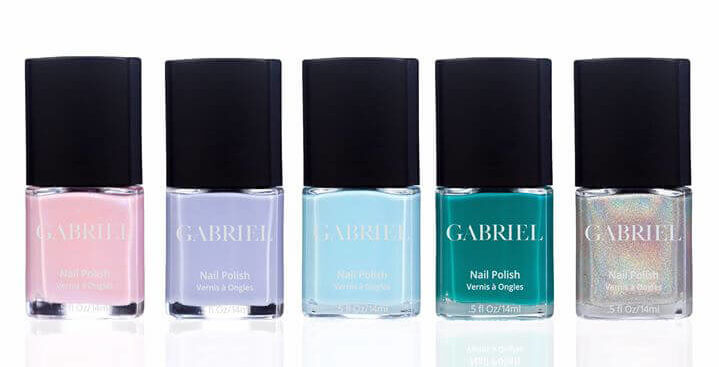
Image: Gabriel Cosmetics/Facebook
The Gabriel Cosmetics family includes the Gabriel, ZuZu Luxe, and Clean Kids lines. The company could stamp a big fat “Clean” on its products, given what they don’t contain. Plus, they’re vegan, gluten- and cruelty-free. Their packaging is low-impact, too, much of it certified by the Forest Stewardship Council to contain recycled material or paper made from trees that can’t be illegally harvested or harvested from threatened forests.
The company promotes recycling by providing one free lipstick for any five containers of their empty products returned. Eye shadows come in 40 shades—and in refillable pans so you don’t need to throw out the entire compact when you’ve used it up. Gabriel partners with the Oceanic Preservation Society, the group that won an Oscar for Best Documentary Feature in 2009 for the film The Cove, which exposed the harmful impact Japanese hunting practices had on dolphins.
Vapour Beauty
Vapour Beauty founders Krysia Boinis and Kristine Keheley, who launched their company in trendy Taos, New Mexico, describe their brand is “a little bit pioneer, a little bit outlaw, a little bit adventurer and a lot of art.” They’ve achieved “Champion Safety Status” from EWG, for their safe ingredients. They also operate their business with the earth in mind, using passive solar daylighting and renewable energy in the lab, offices, and warehouse. Check out the Clean Swaps page on their website so you can see how easy it is to replace products made by Giorgio Armani, Estée Lauder, Bobbi Brown, and Chanel for the cleaner Vapour option.
Miessence
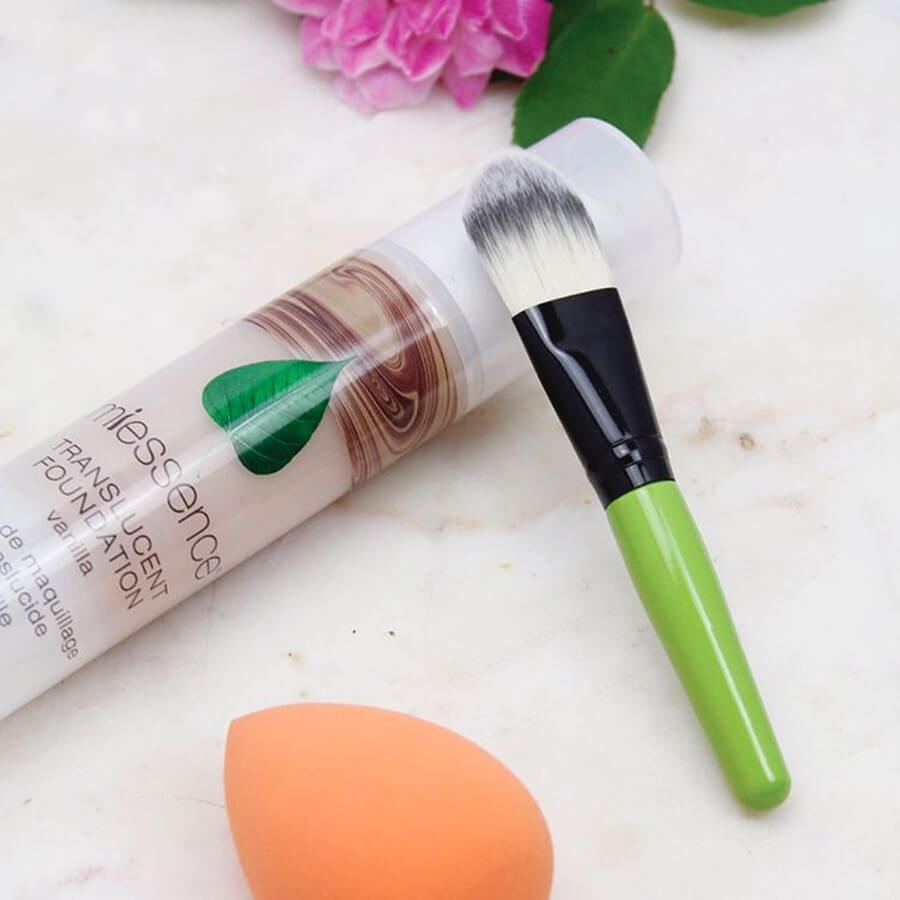
Image: Miessence/Facebook
An Australian-based company, Miessence was probably the first safer brand that I tried. I ran into them at a natural products festival and sat down on the spot for a makeover. Their line of skin care products and cosmetics is free of synthetic chemicals and GMOs and has been certified to meet the USDA’s organic standards, the Australian Certified Organic standards, and the International Federation of Organic Agriculture Movement standards. Their commitment to organic agriculture is inspiring, acknowledging that organic agriculture is good for the environment and the soil as well as people.
Hopefully, my journey for safer cosmetics as inspired you to take your own. I think my bottom-line recommendation to you is: Don’t be afraid to try something new. If you’re not sure a new product will work as well as what you currently use, try a sample. Keep on the alert for sales, and know that most companies offer discounts from 10 to 25 percent for first-time customers.
You have so many options for safer, healthier cosmetics that you’re doing yourself a disservice if you don’t make some swaps! Beauty shouldn’t be ugly, right?
***
Diane MacEachern is an award-winning entrepreneur and prominent green expert who founded Big Green Purse to inspire women to use their consumer clout to protect the planet and themselves.

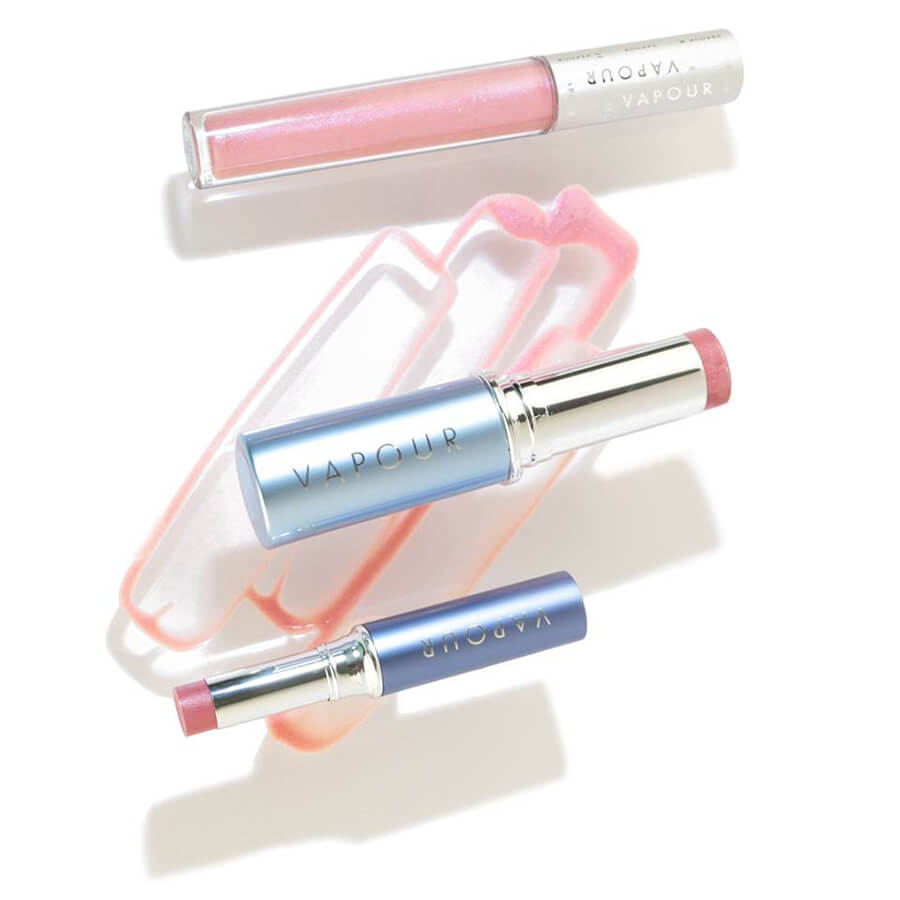
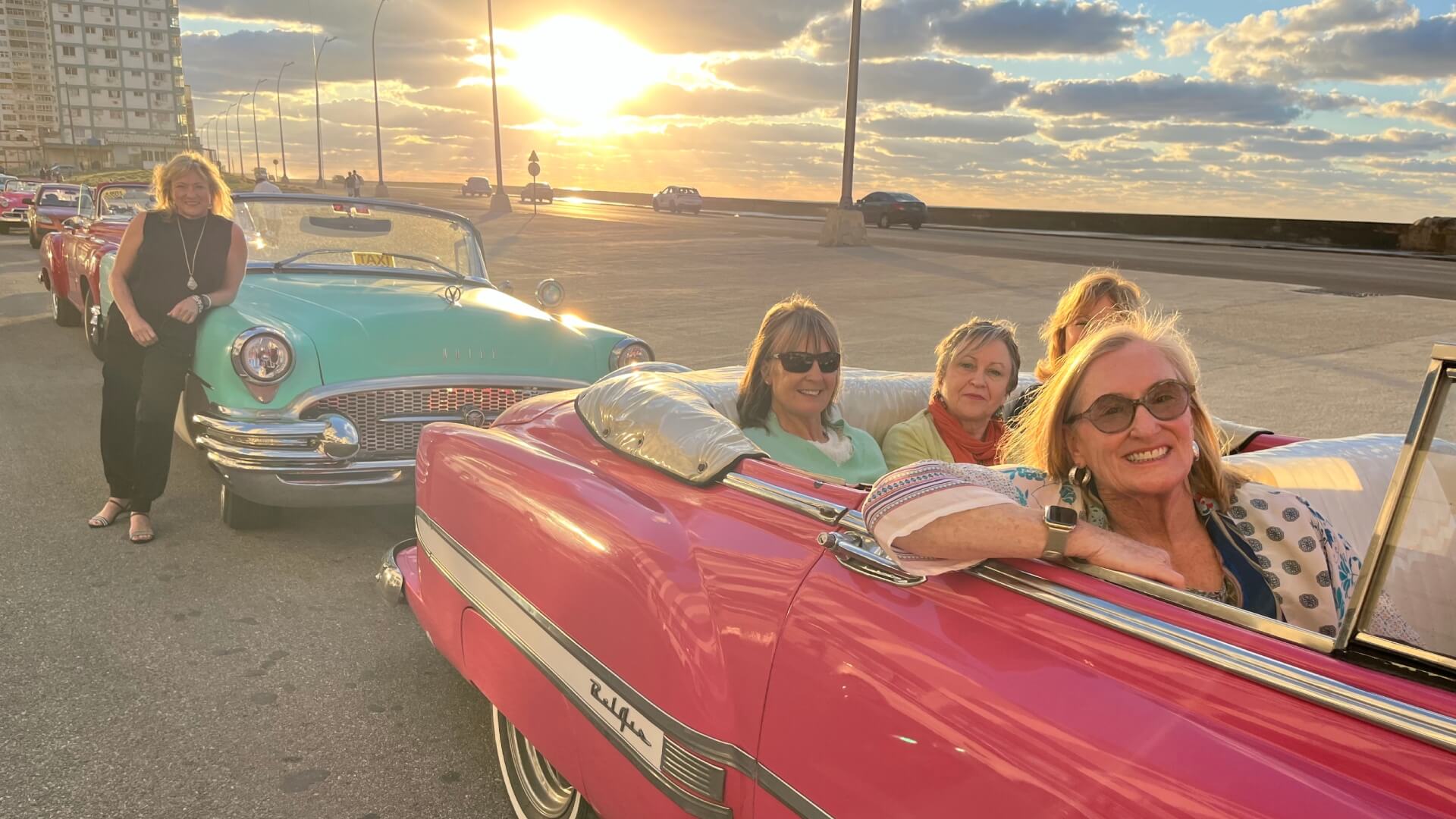
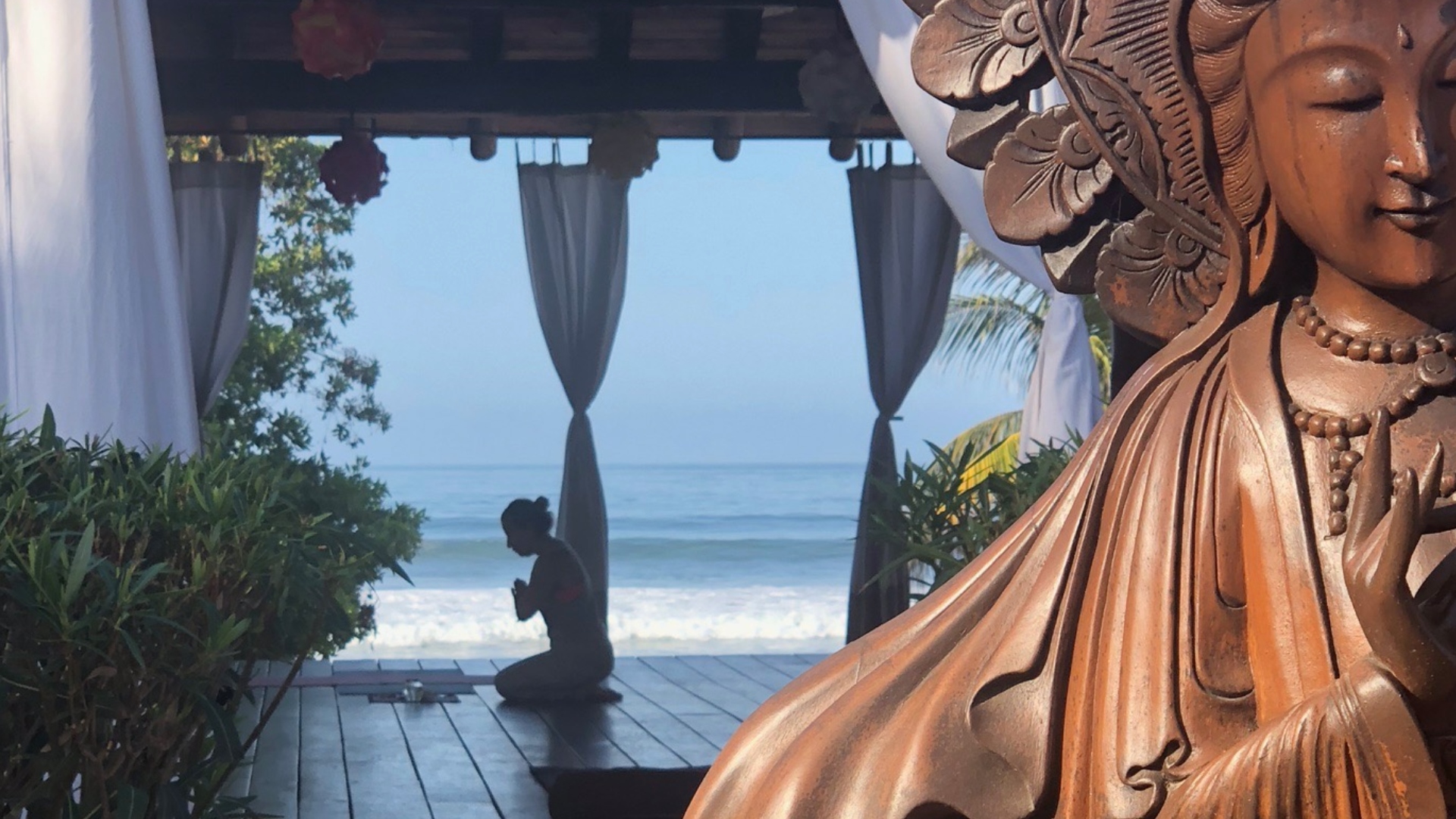
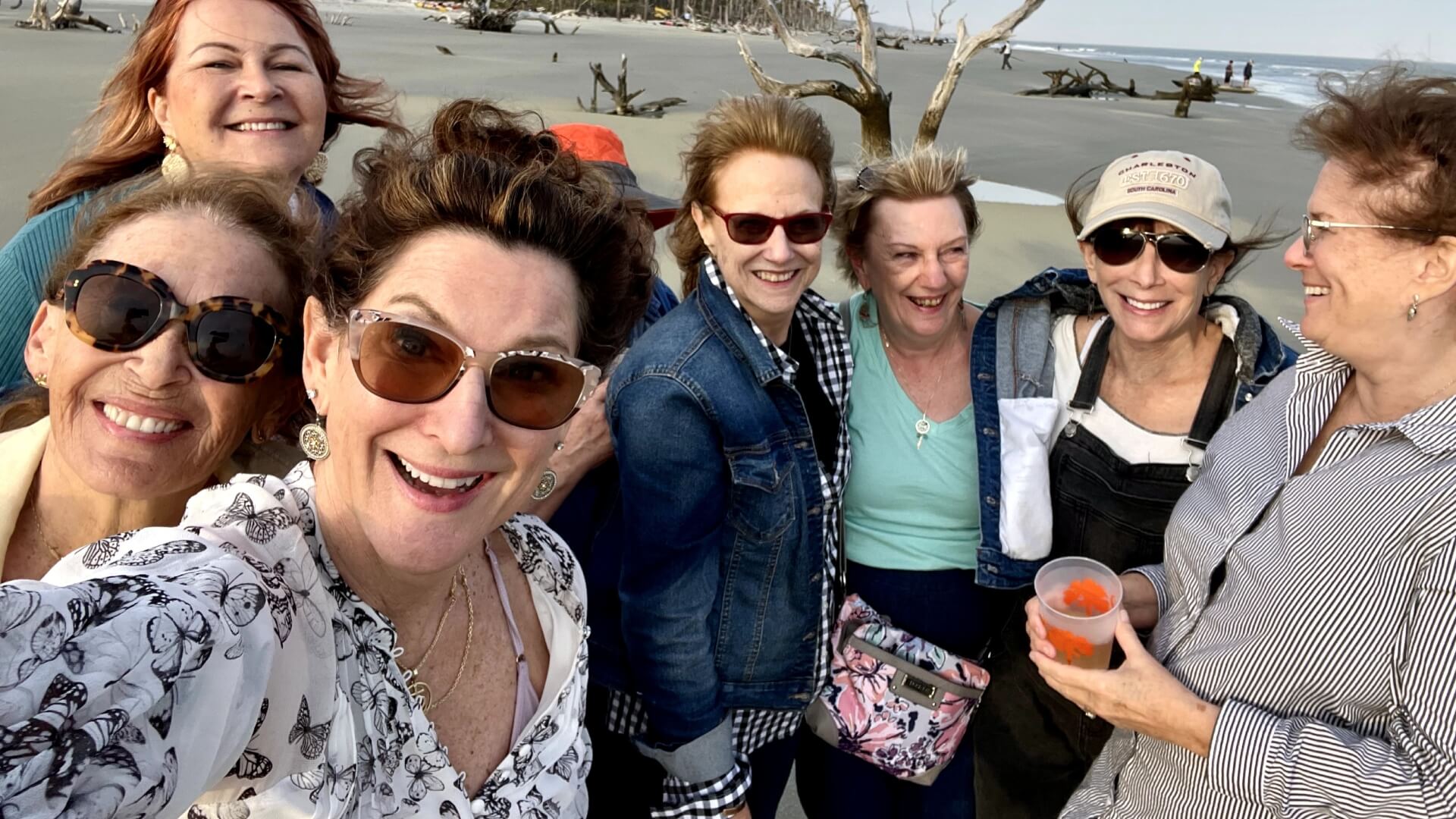
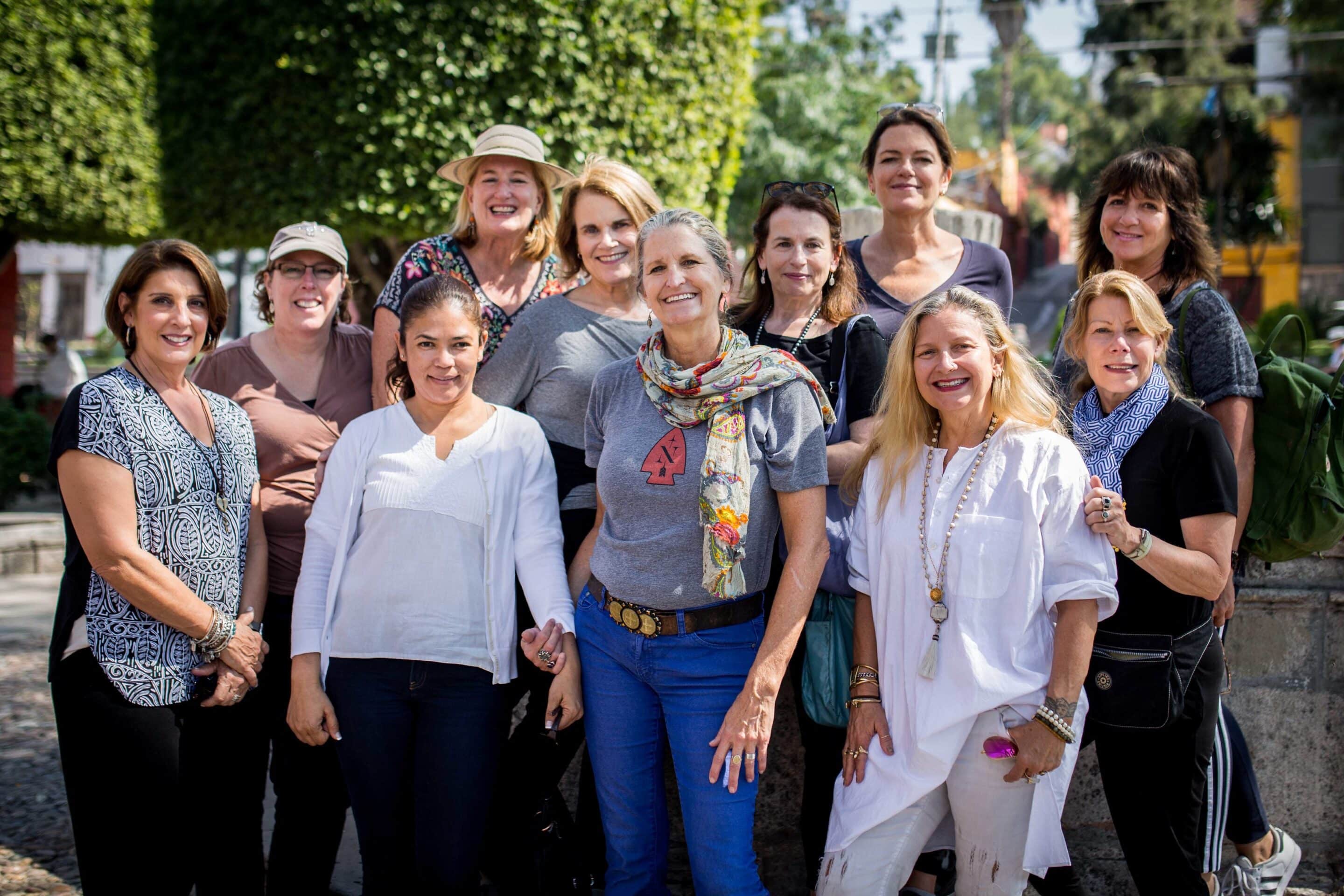
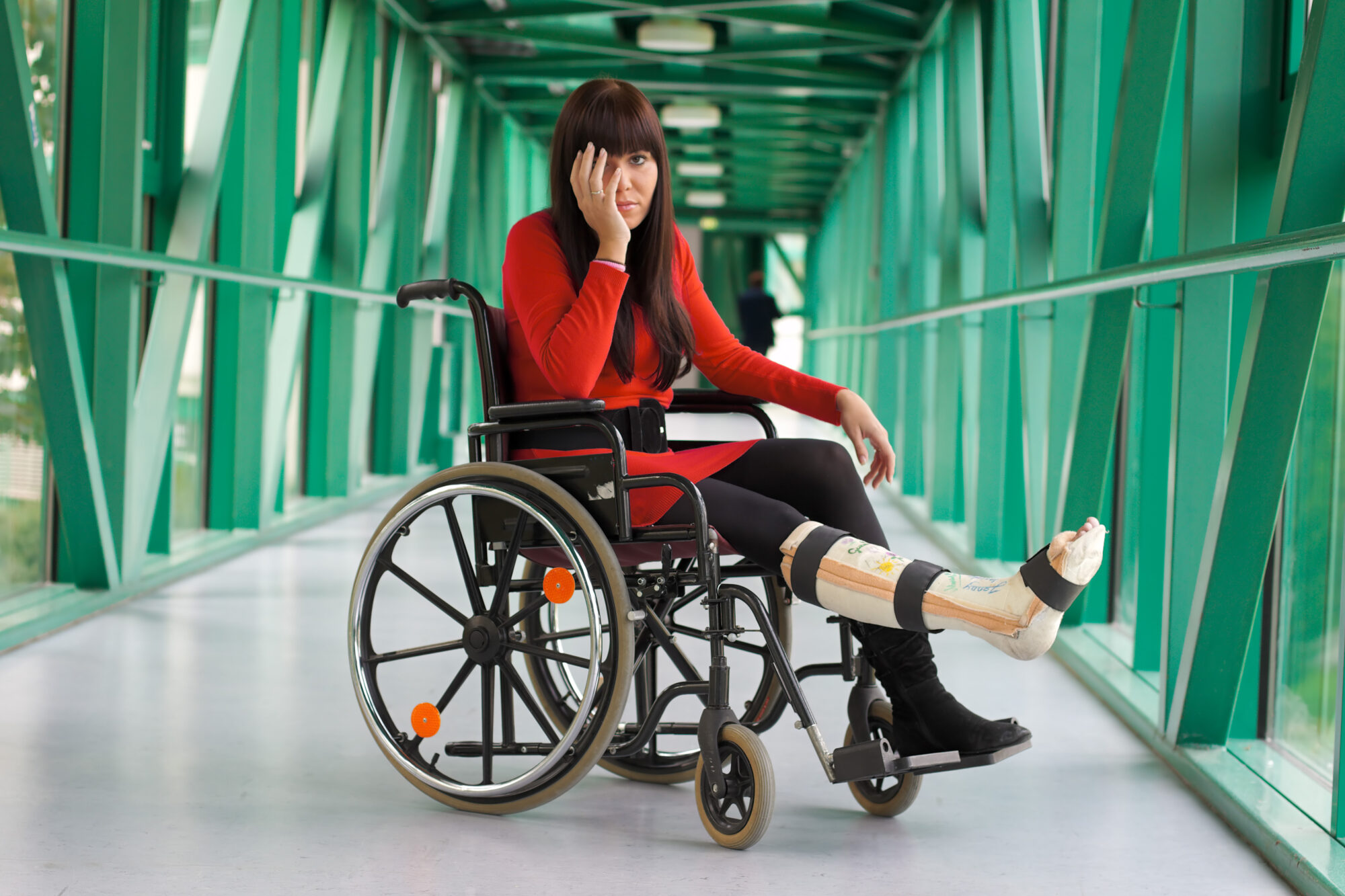

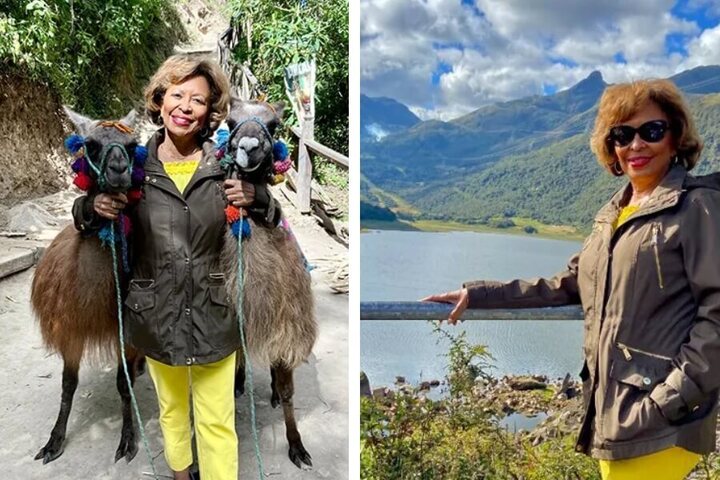
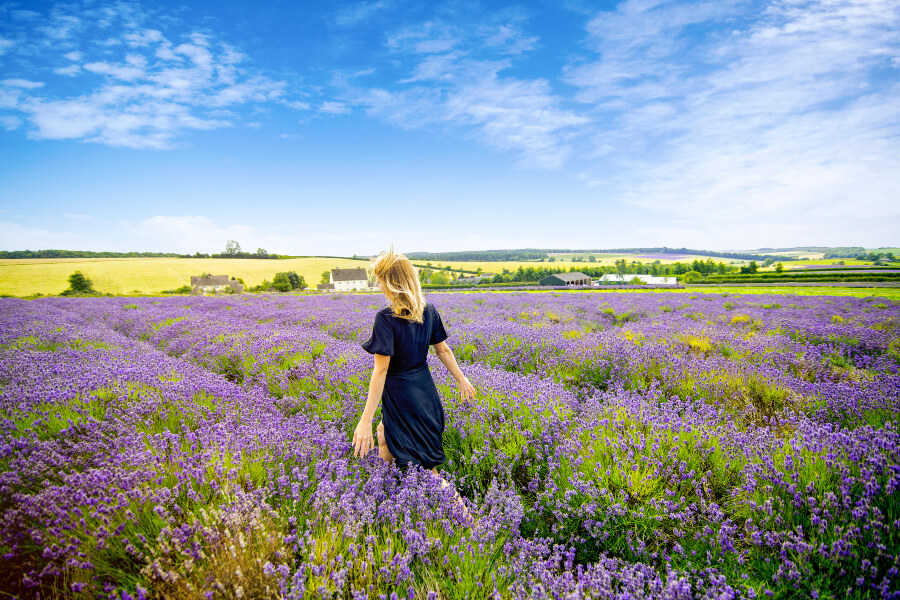
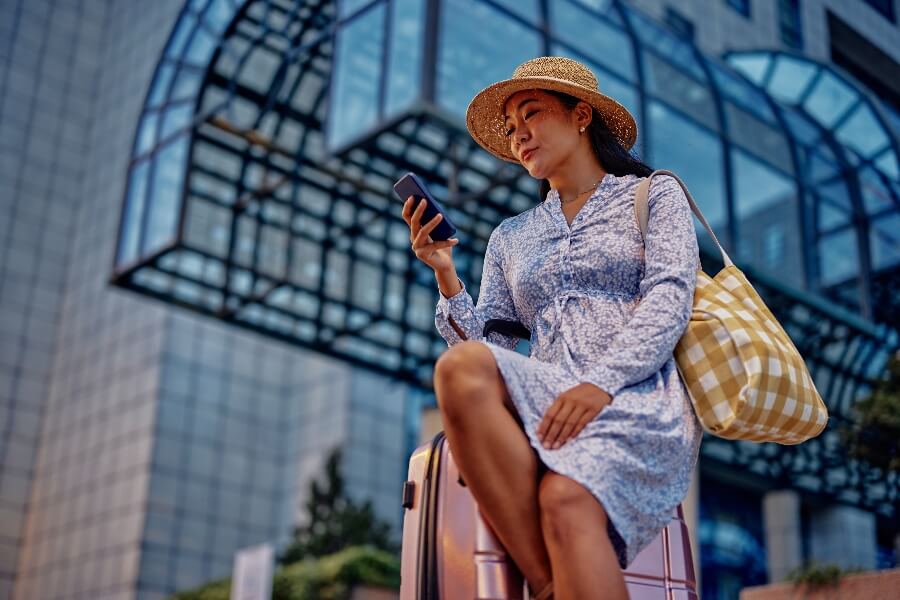

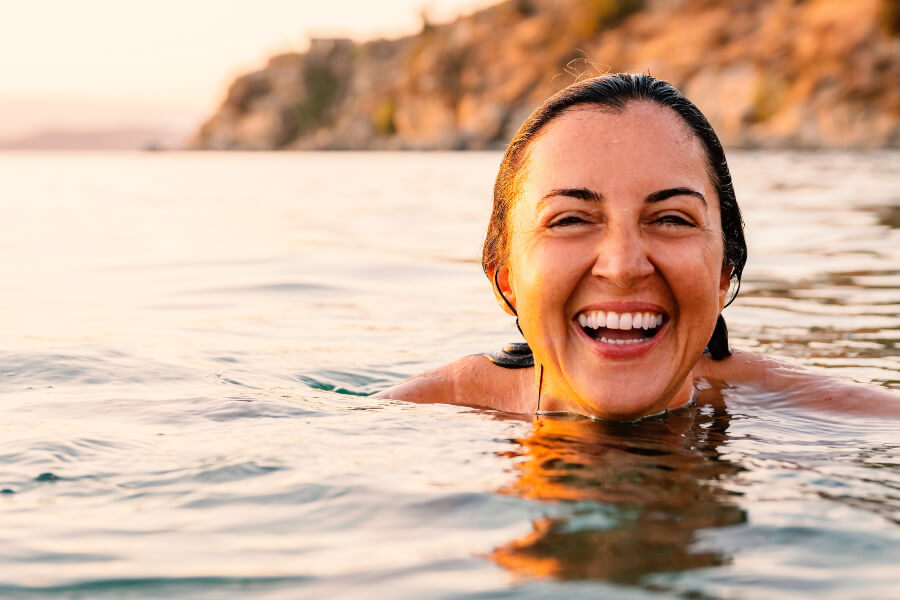

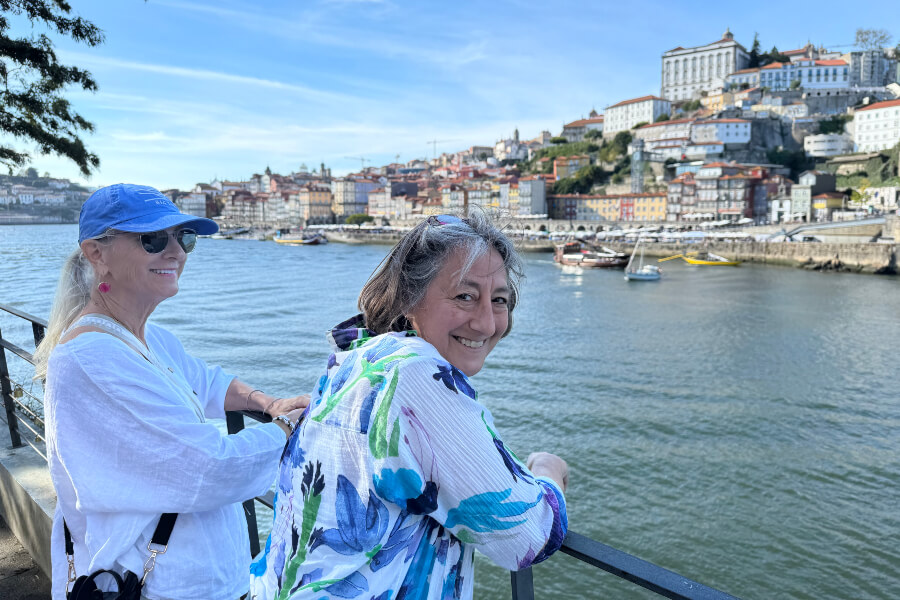
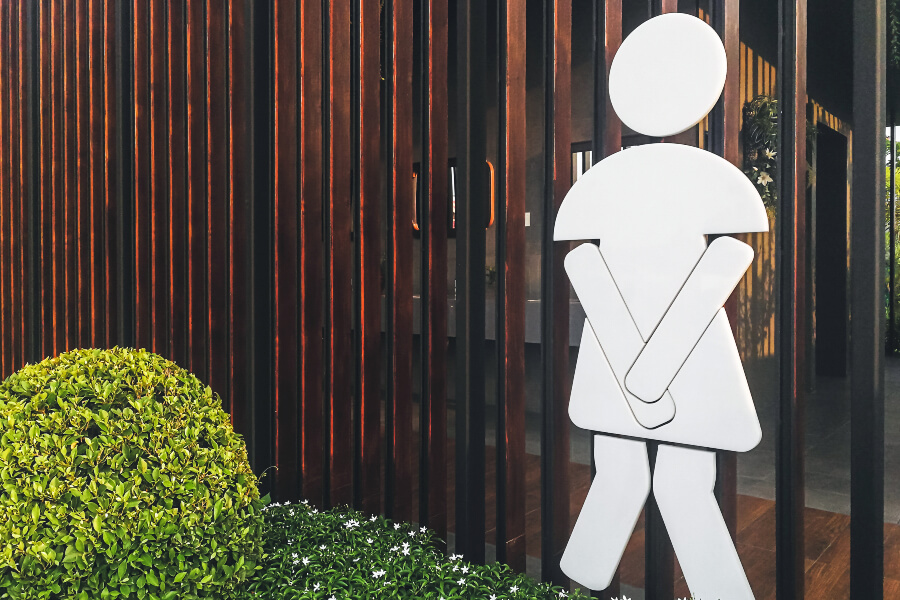


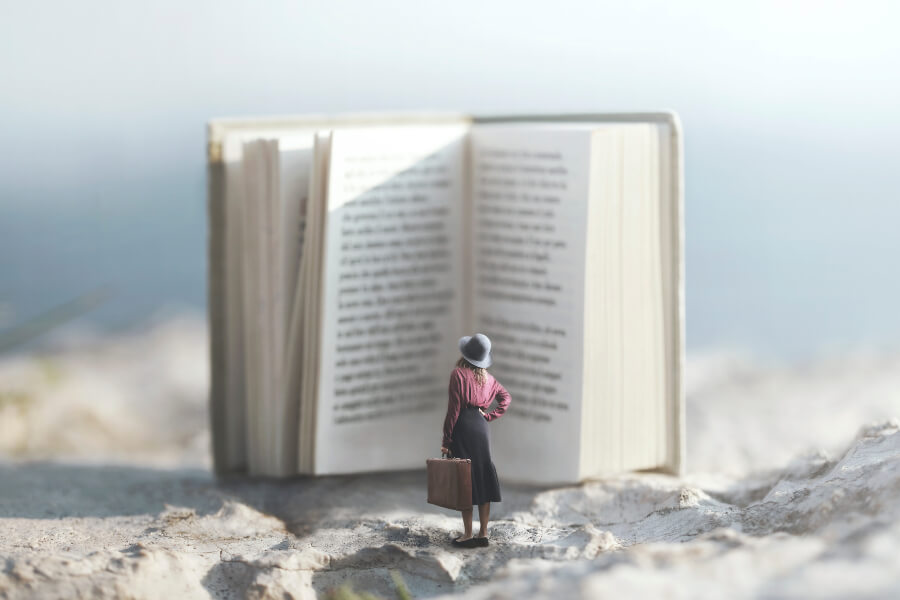


0 Comments